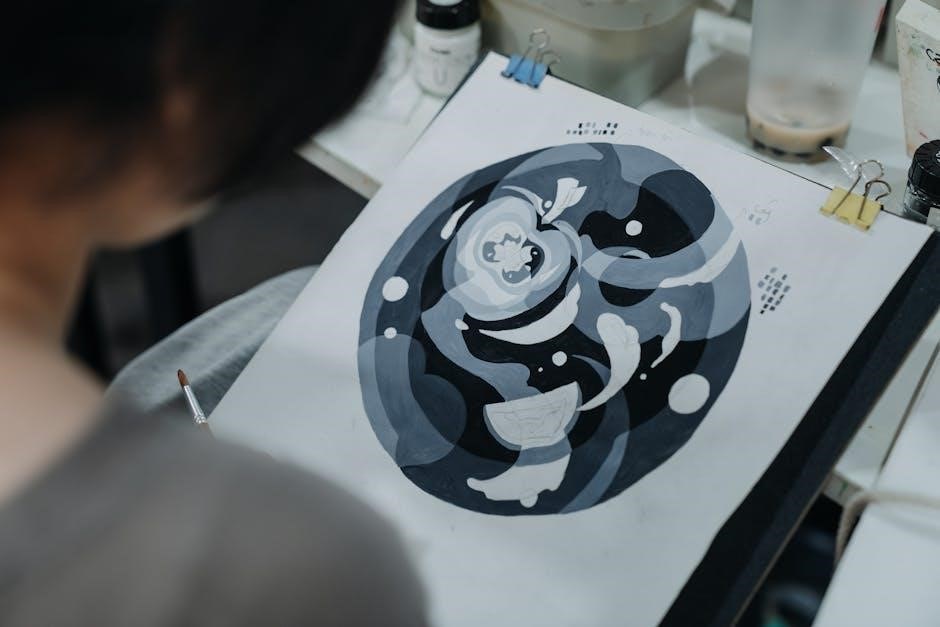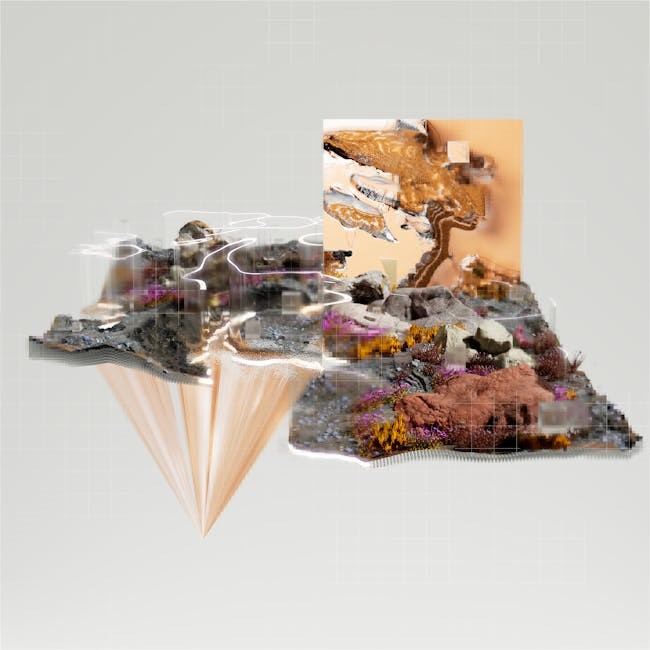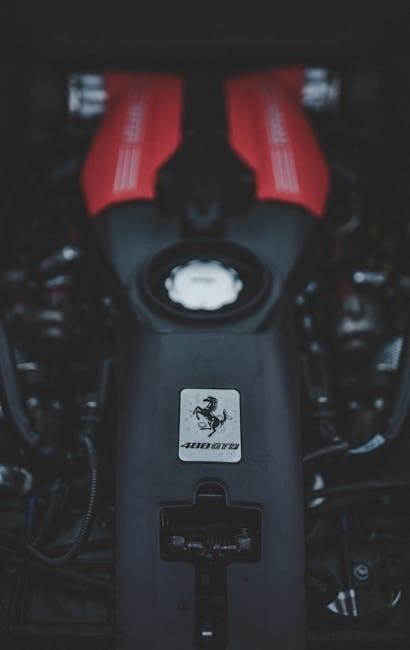guided motor imagery
Guided motor imagery is a mental process used to improve functional outcomes and motor performance through mental rehearsal and simulation of actions and movements naturally.
Definition and Purpose
Guided motor imagery is defined as a mental process where an individual rehearses or simulates a given action without physical movement. The purpose of guided motor imagery is to improve motor performance‚ enhance functional outcomes‚ and facilitate rehabilitation. It involves the use of mental rehearsal and simulation of actions and movements to activate the neural system. This process has been shown to be effective in improving motor skills‚ reducing pain and inflammation‚ and promoting recovery. The definition and purpose of guided motor imagery are closely related to its application in various fields‚ including sports training‚ rehabilitation‚ and cognitive neuroscience. Overall‚ guided motor imagery is a valuable tool for improving motor function and achieving specific goals. It has been widely used and researched in various contexts‚ with positive results and outcomes.

Applications of Guided Motor Imagery
Guided motor imagery is applied in sports training and rehabilitation settings naturally always.
Rehabilitation and Sports Training
Guided motor imagery is used in rehabilitation to improve functional outcomes and motor performance after injuries or surgeries. It is also applied in sports training to enhance athlete’s performance and skills. The technique involves mental rehearsal and simulation of actions and movements‚ which helps to activate the neural system and promote muscle activation. This can be particularly beneficial for athletes who are recovering from injuries or looking to improve their technique. By using guided motor imagery‚ athletes can rehearse and refine their movements without physically performing them‚ which can help to reduce the risk of further injury and improve overall performance. Guided motor imagery is a valuable tool in both rehabilitation and sports training settings.

Neural Mechanisms of Guided Motor Imagery
Neural mechanisms involve activation of brain areas responsible for motor control and planning during guided motor imagery processes naturally occurring.
Forward Models and Sensory Attenuation
Forward models predict and attenuate sensory feedback of voluntary movement‚ and their involvement in guided motor imagery has been theorized and researched extensively online.
The authors show that motor imagery recruits forward models to elicit sensory attenuation to the same extent as real movements‚ which is a significant finding.
This research has implications for the use of guided motor imagery in rehabilitation and sports training‚ where sensory attenuation can be beneficial for performance and recovery.
The study of forward models and sensory attenuation in guided motor imagery is a complex and multidisciplinary field‚ requiring expertise in neuroscience‚ psychology‚ and physiology to fully understand the mechanisms involved and their applications.

Types of Guided Motor Imagery
Explicit motor imagery is one type of guided motor imagery used naturally.
Explicit Motor Imagery
Explicit motor imagery is a type of guided motor imagery that involves the mental rehearsal of specific actions or movements. This type of imagery is often used in rehabilitation and sports training to improve motor performance and functional outcomes. According to research‚ explicit motor imagery can increase muscle activation and improve motor learning. It is also used as a tool for enhancing motor recovery after injury or stroke. The use of explicit motor imagery has been shown to be effective in improving motor function and reducing rehabilitation time. Furthermore‚ it can be used in conjunction with other therapies to enhance overall rehabilitation outcomes and improve quality of life for individuals with motor impairments‚ with benefits extending to various aspects of motor function and overall well-being naturally.

Research on Guided Motor Imagery
Studies on guided motor imagery examine its effects on motor performance and rehabilitation outcomes naturally every day.
Studies and Findings
Various studies have been conducted to examine the effects of guided motor imagery on motor performance and rehabilitation outcomes.
These studies have provided valuable insights into the potential benefits of guided motor imagery.
Researchers have used different methods to investigate the effects of guided motor imagery‚ including randomized-controlled trials and observational studies.
The findings of these studies have been published in reputable scientific journals‚ providing a wealth of information on the topic.
Overall‚ the studies and findings on guided motor imagery have contributed significantly to our understanding of its potential applications and benefits‚ and have informed the development of new treatments and therapies‚ with more research still needed to fully explore its potential‚ and to determine its efficacy in different contexts and populations‚ naturally every day.
Guided motor imagery is a valuable tool with various applications and benefits naturally every single day always.
Future Directions
Guided motor imagery is a field with ongoing research and development‚ exploring its potential in various areas such as sports‚ rehabilitation‚ and neuroscience. The use of guided motor imagery in conjunction with other therapies‚ such as physical therapy and occupational therapy‚ is being investigated. Additionally‚ the development of new technologies‚ such as virtual reality and brain-computer interfaces‚ is expected to enhance the effectiveness of guided motor imagery. Further studies are needed to fully understand the neural mechanisms underlying guided motor imagery and to determine its long-term effects on motor performance and rehabilitation outcomes‚ leading to new and innovative applications. New research is emerging‚ providing insights into the future of guided motor imagery.